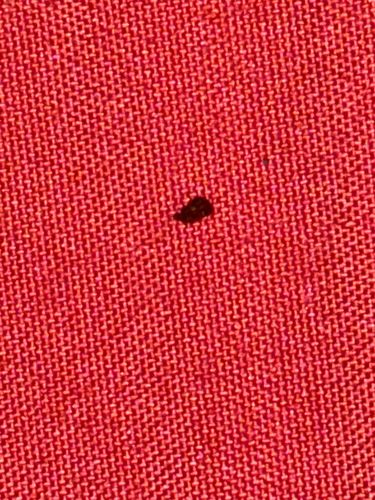Flea
Scientific Name: Ctenocephalides felis (Cat Flea is the most common species affecting dogs and cats globally), Pulex irritans (Human Flea), Ctenocephalides canis (Dog Flea)
Order & Family: Order: Siphonaptera, Family: Pulicidae (common fleas, e.g., Cat Flea, Dog Flea, Human Flea)
Size: Typically 1-4 mm (0.04-0.16 inches) in length, but can vary by species.

Natural Habitat
Fleas are found globally in various habitats wherever their hosts reside. This includes animal bedding, carpets, cracks in floors, furniture, and outdoor areas where animals frequent. They thrive in warm, humid conditions.
Diet & Feeding
Adult fleas are obligate hematophagous parasites, meaning they feed exclusively on the blood of their hosts (mammals and birds).
Behavior Patterns
Fleas are ectoparasites, meaning they live on the outside of their hosts. They are known for their incredible jumping ability, which allows them to move between hosts. They can lay many eggs (hundreds over their lifespan), which typically fall off the host into the environment, where they hatch into larvae. Larvae feed on organic debris, including adult flea feces (flea dirt), before pupating. The pupa can remain dormant for extended periods until stimulated by vibrations, heat, or CO2, indicating a potential host is nearby.
Risks & Benefits
Potential Risks: Fleas can cause intense itching, skin irritation, and allergic reactions (flea allergy dermatitis) in hosts. They can transmit diseases such as murine typhus (via Rickettsia typhi), tungiasis (sand fleas), and act as intermediate hosts for parasites like the dog tapeworm (Dipylidium caninum) in both pets and humans. Benefits: While generally pests to humans and domestic animals, fleas play a role in natural ecosystems as parasites, helping to regulate host populations.
Identified on: 8/29/2025